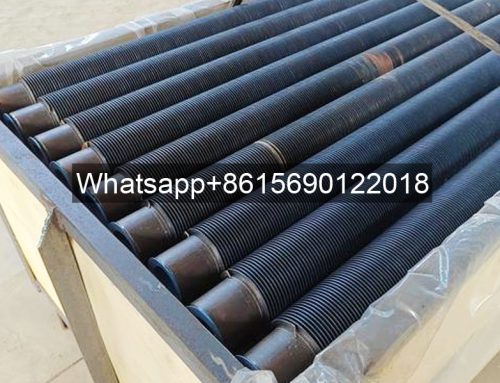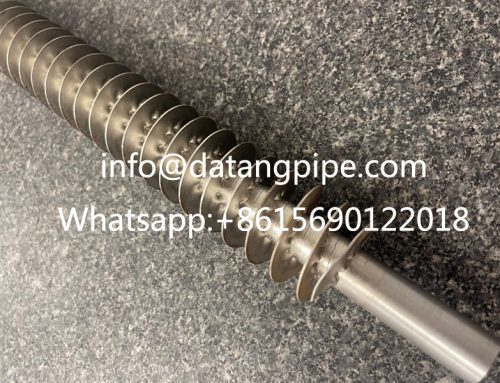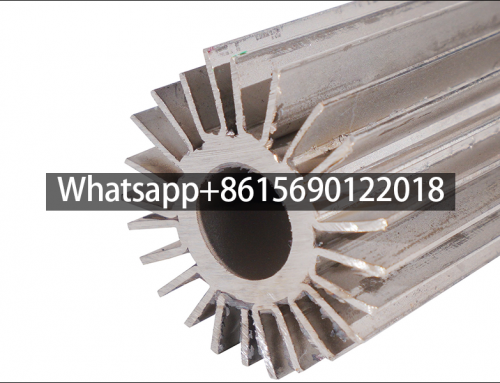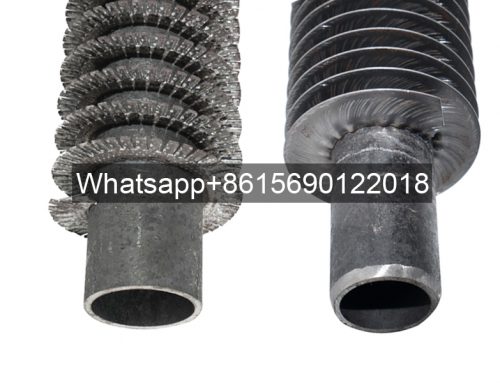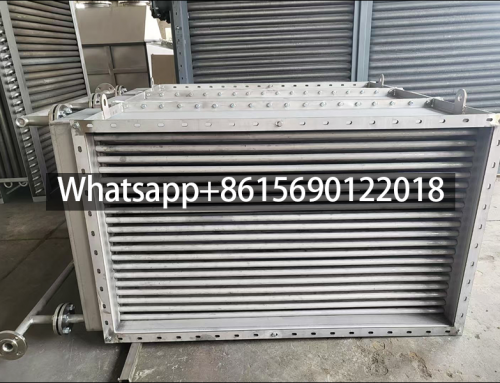G Type Embedded Finned Tube processing technology
G Type Embedded spiral fin tubes are pre-processed with spiral grooves of a certain width and depth on the steel pipe, and then the steel strip is embedded on the steel pipe on a lathe. During the winding process, due to a certain pre-tightening force, the finned tube steel strip will be tightly tightened in the spiral groove, thereby ensuring a certain contact area between the steel strip and the steel pipe. In order to prevent the steel belt from rebounding and falling off, both ends of the steel belt must be welded to the steel pipe. In order to facilitate inlaying, there should be a certain side gap between the steel strip and the spiral groove. If the side gap is too small and interference occurs, the inlay process will be difficult to proceed smoothly. In addition, the wound steel strip will always have a certain degree of rebound. As a result, the steel strip and the bottom surface of the spiral groove cannot be well connected. Inlaying fins can be done on general-purpose equipment, and the cost is not high, but the process is complex and the production efficiency is low.
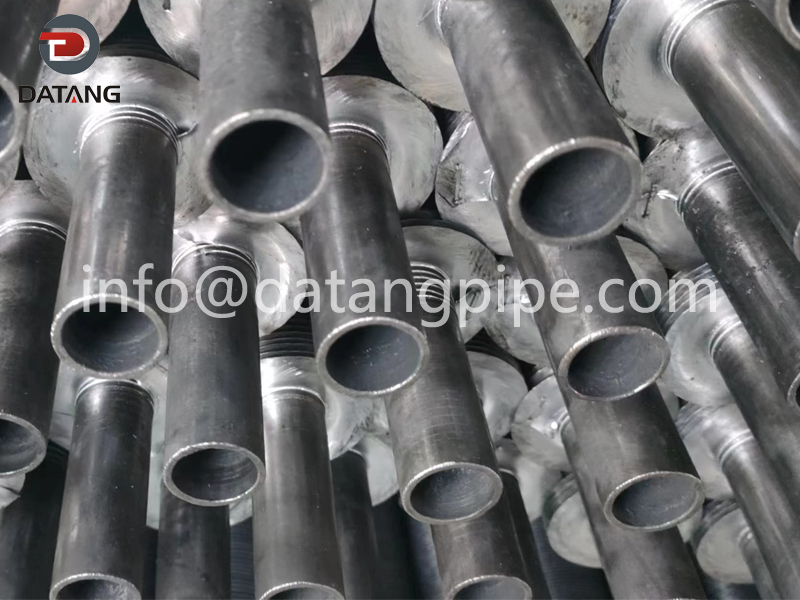
G Type Embedded Finned Tubes are mainly due to the different application places and usage requirements of heat exchangers, so the structural types are also diverse. Shell and tube heat exchangers still have a major impact on their scale and application places. There are also different ways to enhance heat transfer.
Fin tube is a fin heat exchange tube with various structures, including annular fin tube, spiral fin tube, vertical fin tube, etc. According to the manufacturing method, it can be divided into coiled fin tubes, welded fin tubes, cold-rolled fin tubes and embedded fin tubes.
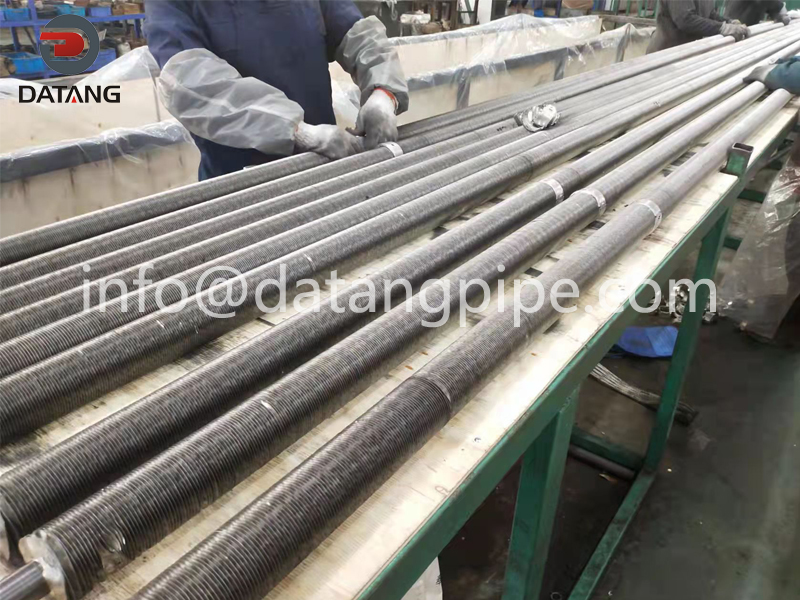
When the wall temperature of the G Type Embedded finned tube increases, the contact pressure between the fins and the tube will change, and the contact thermal resistance will also change. The variation depends on the type of finned tube and the initial contact pressure. As the temperature increases, the tension of the rolled fins decreases rapidly, so the contact thermal resistance increases rapidly. Bimetal rolling can remain stable over a wide temperature range.
The base tube of the G Type Embedded fin tube is protected by fins to resist atmospheric corrosion. Due to different maintenance areas, various types of finned tubes have different atmospheric corrosion resistance. Bimetal rolling is a method for repairing various finned tubes. Among all finned tubes with hot-dip galvanized surfaces, they have the highest resistance to atmospheric corrosion. In chemical plants or coastal areas where there are some corrosive gases in the atmosphere, attention should be paid to the selection information and type of finned tubes. Aluminum fins are prone to corrosion.
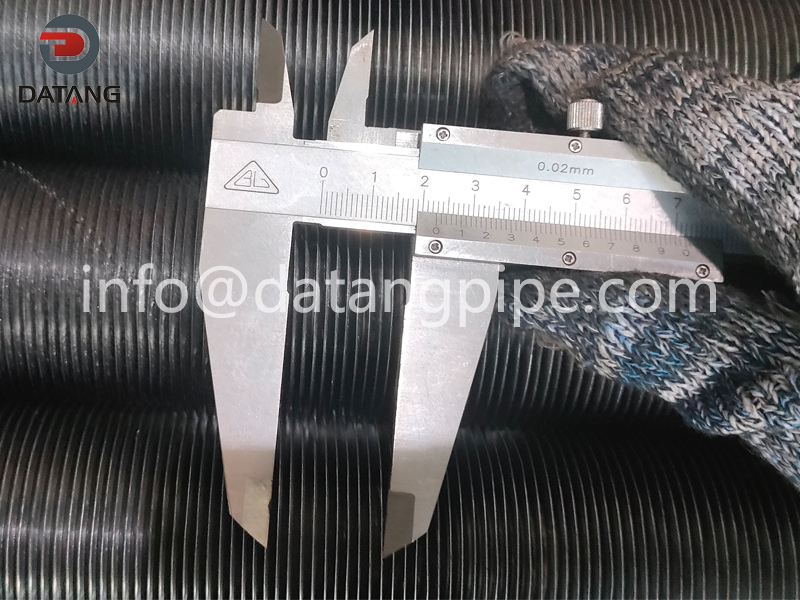
The heat transfer performance of G Type Embedded Finned Tubes is related to the contact resistance between the fins and the tube, and the contact resistance depends on the contact pressure between the fins and the tube. Obviously, the heat transfer performance of welded plate and sleeve plate is better, followed by bimetal rolling plate, and embedded plate and winding plate are worse. After secondary rolling, the contact area of KLM finned tubes increases by about 50% and is not affected by the tube outer diameter tolerance. After repeated hot and cold cycles, it can still maintain an excellent touch feeling, so the touch thermal resistance is small and the heat transfer performance is high. After adding air flow disturbance, the total heat transfer coefficient of the slotted fin tube can be increased by about 20%.
Many operating pressures of G Type Embedded finned tubes depend on the data and wall thickness of the base tube, but also on the type of finned tube. Rolled (the base tube is aluminum and copper) has low pressure resistance and is not suitable for air coolers. There are rolling grooves on the embedded pipe, and the working pressure decreases as the working temperature increases.


